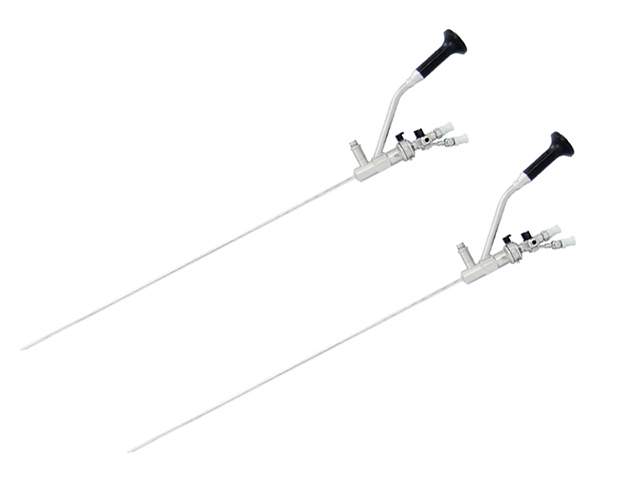
Ureteroscopy is a medical procedure that involves the use of a small flexible or rigid scope to examine the ureters, which are the tubes that connect the kidneys to the bladder. During the procedure, the ureteroscope is inserted into the bladder through the urethra and then guided up into the ureters to allow for visualization of the urinary tract.
Ureteroscopy is commonly used to diagnose and treat a variety of urological conditions, including kidney stones, tumors, and blockages. The procedure can also be used to obtain tissue samples for biopsy or to place a stent to help keep the ureter open.
The advantages of ureteroscopy include:
Minimally invasive: Ureteroscopy is a minimally invasive procedure that typically does not require an incision. This means that it is less painful and has a shorter recovery time compared to other surgical procedures.
High success rate: Ureteroscopy has a high success rate in treating a variety of urological conditions, including kidney stones, tumors, and blockages.
Versatility: Ureteroscopy can be used to diagnose and treat a wide range of urological conditions, making it a versatile procedure.
Rapid recovery: Most patients can resume their normal activities within a few days after the procedure.
Low risk of complications: Ureteroscopy is a relatively safe procedure, with a low risk of complications. However, as with any medical procedure, there are some risks involved, such as bleeding or infection.
What is the function of ureteroscopy
The function of ureteroscopy is to diagnose and treat various urological conditions affecting the ureters, such as kidney stones, tumors, blockages, and abnormalities. The procedure involves the insertion of a small flexible or rigid scope, known as a ureteroscope, into the bladder through the urethra and then up into the ureters to allow for visualization of the urinary tract.
The ureteroscope is equipped with a camera that provides a high-resolution image of the inside of the ureters, allowing the urologist to identify any abnormalities, such as stones, tumors, or blockages. In addition to diagnosis, the ureteroscope can also be used to treat these conditions by removing stones, biopsying tumors, or inserting a stent to help keep the ureter open.
Ureteroscopy is a minimally invasive procedure that has several advantages over traditional open surgery, including a shorter recovery time, less pain, and fewer complications. It is commonly used as a first-line treatment option for many urological conditions and has a high success rate in treating these conditions.


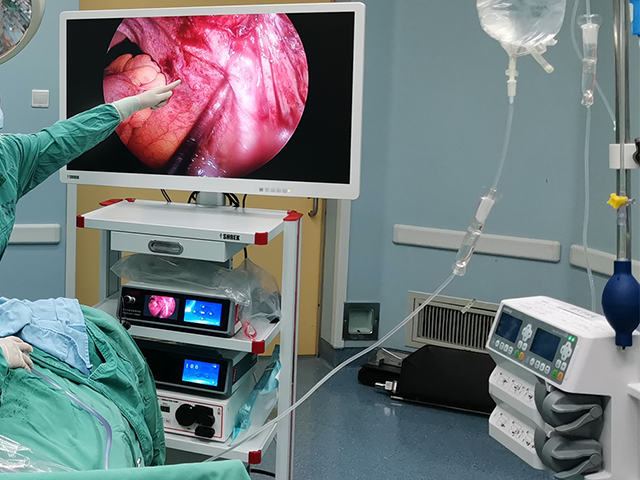
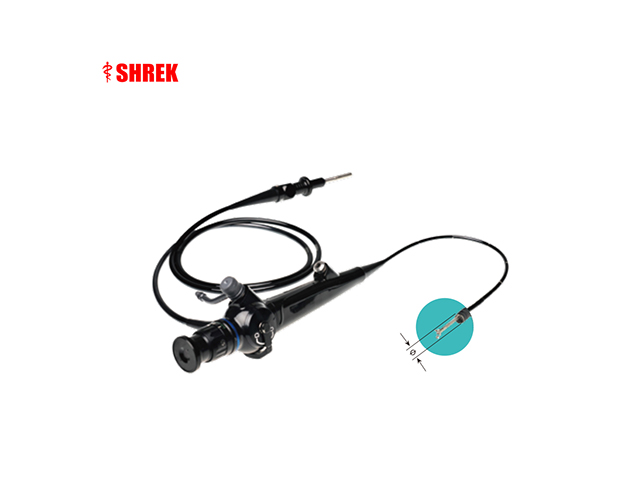
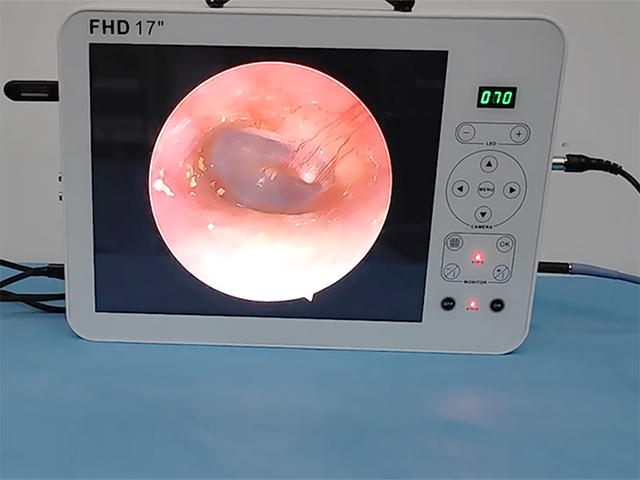
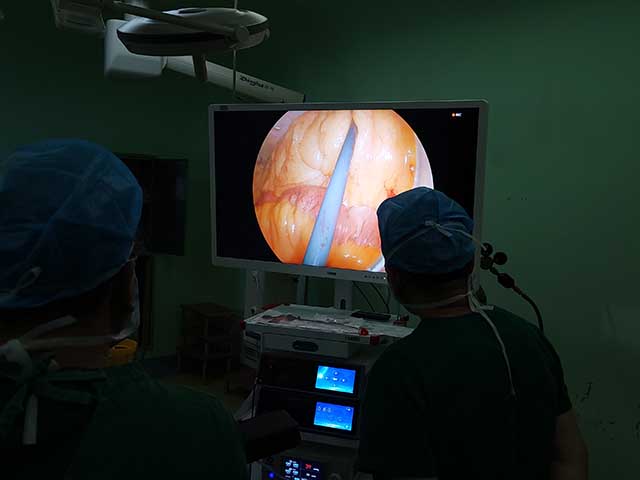
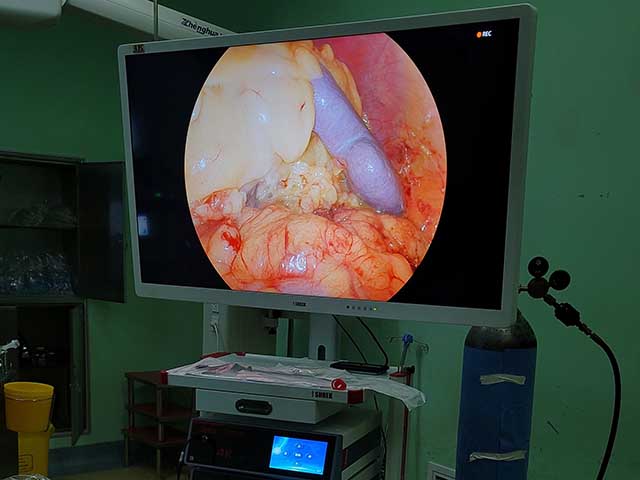

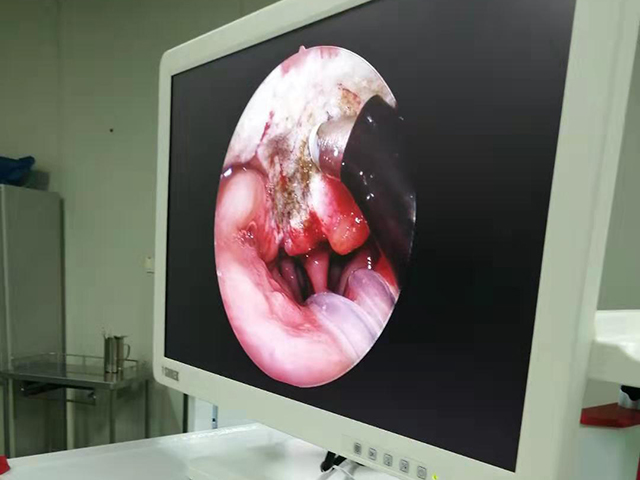
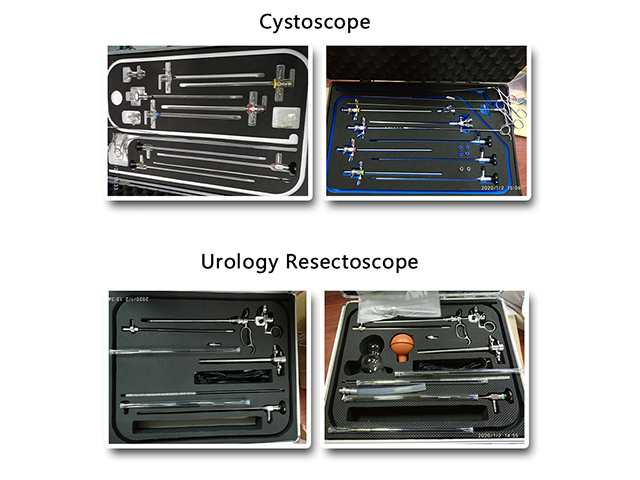
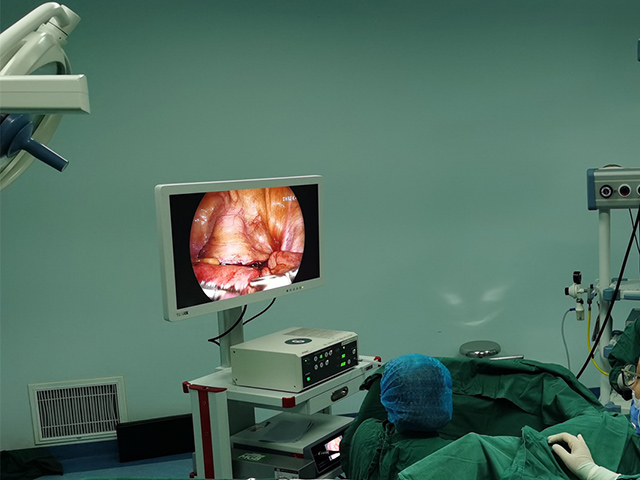
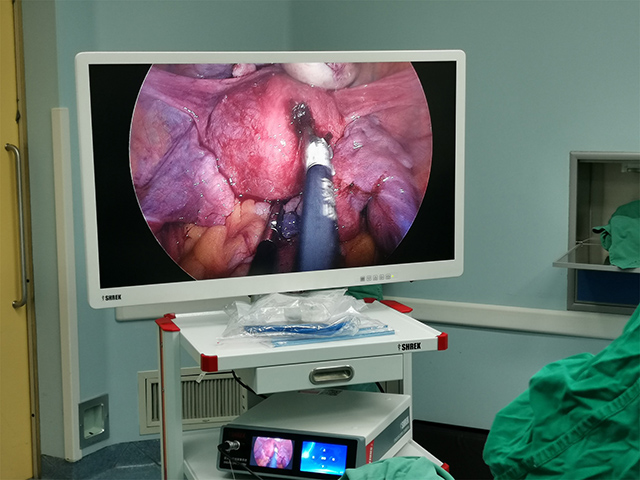
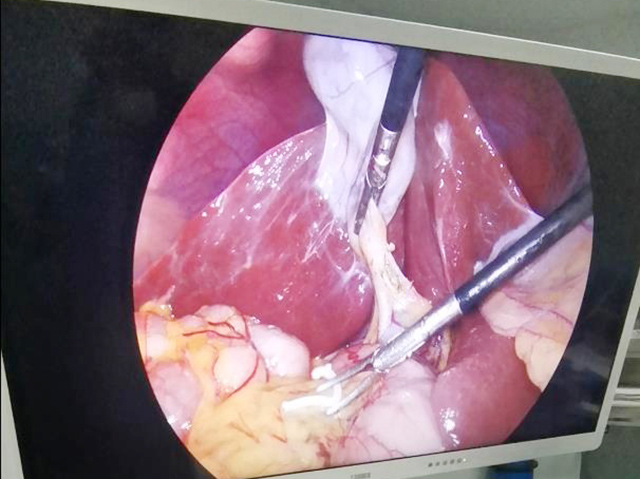

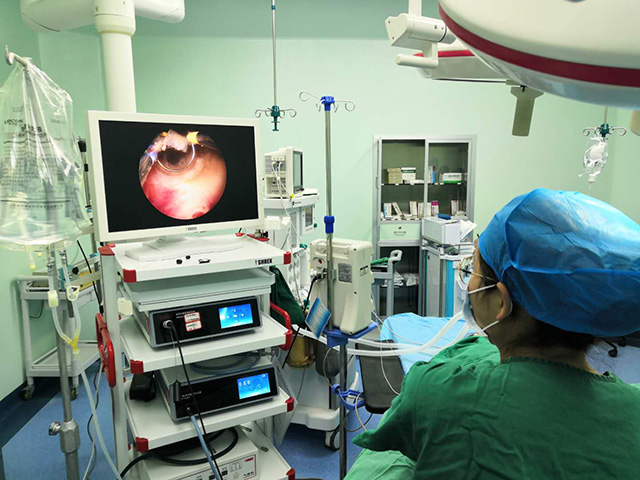
Leave A Inquiry